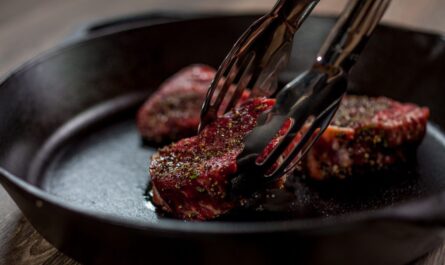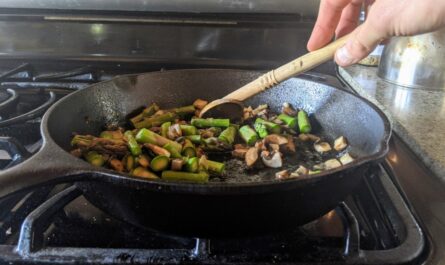Cooking luscious **basmati rice** with a **pressure cooker** can bring culinary art right into your kitchen. Whether you’re a sushi lover longing to complement your meal or someone who appreciates perfectly cooked rice, mastering the technique of cooking basmati rice in a pressure cooker is essential. With our detailed guide, you’ll not only learn the nuances of making rice delightful but also explore how this method stands as an essential skill for rice enthusiasts.

Why Use a Pressure Cooker for Basmati Rice?
Beyond normal cooking methods, a ***pressure cooker*** offers a consistently superior cooking experience. Unlike the traditional stove-top method, a pressure cooker locks in flavors and nutrients, ensuring every grain of rice is cooked to precision. It’s a time-efficient gadget that guarantees fluffy, fragrant, and evenly cooked rice without the continual monitoring and adjustment.
Ingredients and Essential Equipment
- 1 cup of basmati rice
- 1.5 cups of water
- Salt to taste
Essential Equipment:
Preparing Basmati Rice for Pressure Cooking
The initial preparation of the rice is as significant as the cooking stage itself. Rinsing the rice multiple times under cold water is essential to remove the excess starch, which can make your rice sticky. This process ensures that the rice is light and fluffy post-cooking. Allow the rice to soak for 20-30 minutes, which will aid even cooking and enhance the aromatic qualities making it a perfect complement to both delicate and robust dishes.
Step-by-Step Pressure Cooking Process
- Measuring the Ingredients: Take one cup of rinsed and soaked basmati rice, and add 1.5 cups of water. Adding the right amount of water is crucial to avoid undercooking or making it mushy.
- Using the Pressure Cooker: Transfer the rice and water into the **pressure cooker**. Add a pinch of salt to taste, and close the lid securely. Set the pressure cooker to high for a straightforward process.
- Pressure Cooking: Once the pressure builds, maintain it for about 5 minutes. Following this, allow the cooker to release the pressure naturally to preserve flavors and avoid damage to the rice grains.
- Final Touch: Remove the cooker lid, fluff the rice with a fork gently to separate the grains, letting the excess steam escape without breaking the grains.
Additional Tips for Perfect Basmati Rice
While following the basic steps can deliver outstanding results, here are extra insights for fine-tuning your rice cooking. Employ [this guide](https://sushiandrice.com/how-to-prep-a-cast-iron-skillet/) to gain more knowledge on optimizing your cooking techniques. The kind of pressure cooker you select also plays a role; a stainless-steel model is generally more reliable than an aluminum one due to its resilience and even heat distribution.
Storing and Serving Suggestions
**Basmati rice** excels when paired with a wide range of dishes. Whether served with a rich, creamy curry or a light vegetable stir-fry, it remains versatile. If you have leftovers, storing them in the refrigerator is safe within an airtight container for up to three days, ensuring freshness and flavor retention. Before serving, simply reheat on low heat, adding a splash of water to regain moisture.

Cleaning and Maintenance of Cookware
Taking care of your **pressure cooker** and other essential kitchen equipment ensures they last for years, giving you countless more bowls of perfectly cooked rice. For cleaning, [this cookware cleaner](https://www.delish.com/cooking/recipe-ideas/g3951/instant-pot-recipes/) provides excellent results on aluminum and stainless steel surfaces. Apply **cutting board oil** once a month to keep your cutting board in the best condition possible, preventing cracking and maintaining hygiene as detailed in this [article](https://sushiandrice.com/how-to-prep-a-cast-iron-skillet/).
In conclusion, knowing how to cook basmati rice in a pressure cooker isn’t just a technique but a step towards mastering a primary culinary skill ensured to produce superb results each time. The speed and flavor retention make it a worthwhile method, whether for regular meals or special occasions. Explore this world of delicate aromas and ensure every grain is perfectly fluffy with this expertise.
This article contains affiliate links. We may earn a commission at no extra cost to you.




